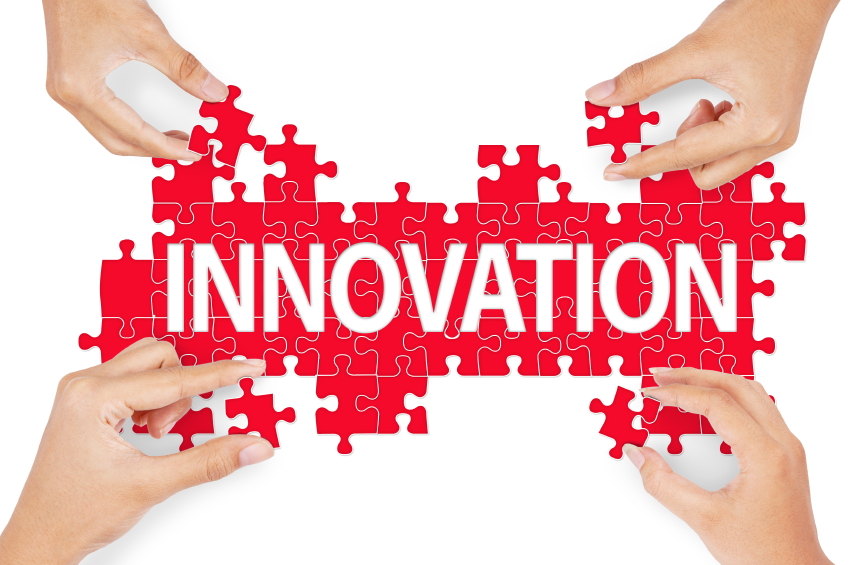Each state has its own agenda, priorities, initiatives, and challenges, but what all states can agree on is the need for innovation. But it’s not easy as budgets and resources continue to shrink and employees find the need to adapt to new technologies. Even thinking about innovation can be an uphill battle for state and local governments.
In this month’s live edition of GovLoop’s State and Local Spotlight, State, Local and Beyond-Innovation Unlocked, Emily Jarvis sat down with various state and local experts to discuss the issues they face when innovating and what can be done to improve the current system.
Speakers included:
- Alex Lawrence, Permitting Project Manager for the City of Boston.
- Brent Nair, Chief Information Officer (CIO) for the City of Memphis.
- Eric Sweden, Program Director of Enterprise Architecture & Governance/Association Executive at NASCIO.
One of the biggest challenges facing innovation initiatives is the lack of open communication among all players. Lawrence discussed the need to take a different approach to project management. In her case, that meant getting the IT department in the trenches with their users to see first hand how they used IT in their day-to-day operations. This understanding is the key to successful innovation and begins with “being there along the journey with them [the users],” Lawrence said. To further this notion, the City of Boston implemented a new online permitting portal that makes it easier to interface with users- as needed. By shadowing and interacting with the intended users, her team was able to create a productive relationship that yielded necessary data for the creators while properly engaging the community.
Nair echoed the need to constantly interface with citizens so that innovations don’t get lost in a more long-term approach like the waterfall method where users are only brought in for user testing. Nair completed police ride-alongs to see first-hand how police officers utilized technology. “We need to give users an opportunity to take a bite early on so as to tell us if we need to add more or less ingredients to the mix,” Nair stated. Once there is an understanding of problems and ideas, through open communication, the next issue state and local governments face is procuring innovative IT solutions.
Oftentimes, the difficult and lengthy process to procure IT hinders innovations from being properly implemented in a timely manner and the bottom line is: “You can’t separate IT from business anymore,” Sweden said. NASCIO’s 2015 State CIO Survey: The Value Equation found that “only a quarter of CIOs believe that their state’s procurement and contracting processes fully support agile and incremental software development approaches.” Which may be why some states have begun centralization efforts.
Centralizing and consolidating processes and programs across state governments (and agencies) can ease the innovation process – especially for procurements. Standardizing the procurement process, in a state, has the potential to expedite the entire system. Similar efforts have also proven to save money. By pooling local resources, state and local governments can offer more training and can reduce fiscal waste from repetitive processes and programs. This proves to be extremely timely as the current workforce continues to age.
State and local governments must focus on diversifying their recruitment efforts if they wish to continue to provide up-to-date and creative innovations. Providing opportunities such as fellowships that entice young graduates early on is how millennial Lawrence got involved in state government work. State and local governments need to “create these pipeline opportunities for people to see that they can make a change and there needs to be visible support from executive leadership.” Outreach to current established organizations is also a great way to recruit new employees. Nair talked about his work with the workforce investment network that taps into local minority/women enterprises to engage a new audience through contract work.
State and local governments do face their own set of challenges around innovation. But current efforts around centralization, recruitment and open communication are all first steps in the right direction towards better innovation processes across the nation.





Leave a Reply
You must be logged in to post a comment.